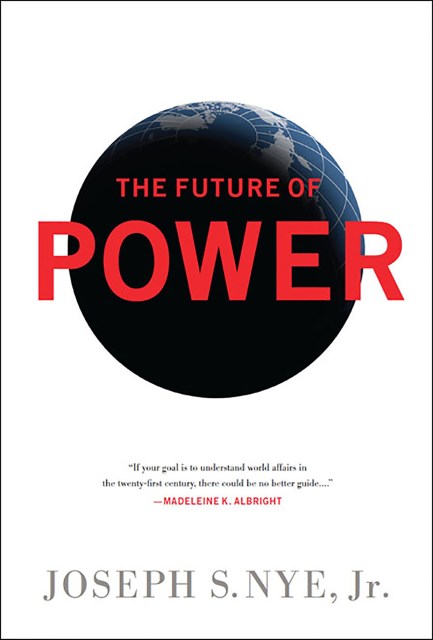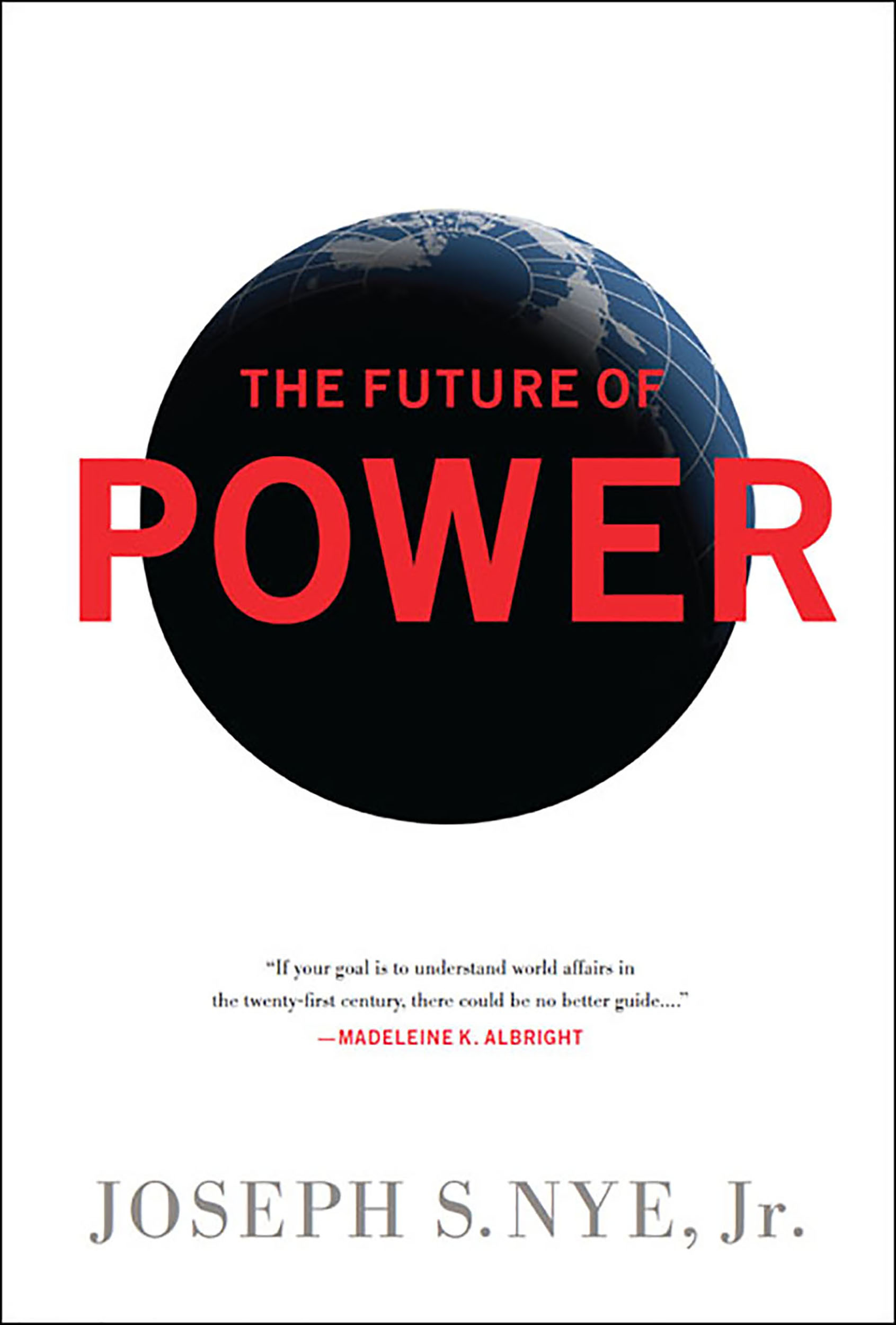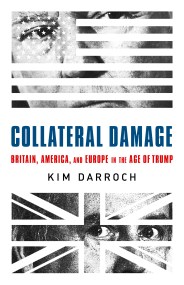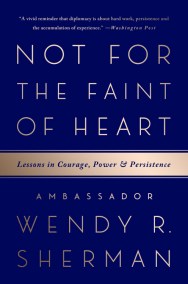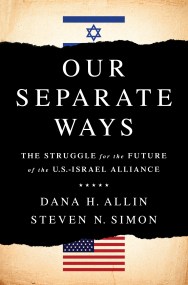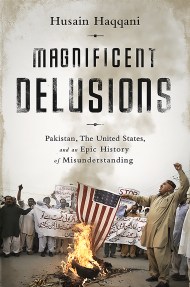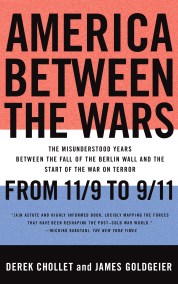Promotion
Use code BEST25 for 25% off storewide. Make sure to order by 11:59am, 12/12 for holiday delivery!
By clicking “Accept,” you agree to the use of cookies and similar technologies on your device as set forth in our Cookie Policy and our Privacy Policy. Please note that certain cookies are essential for this website to function properly and do not require user consent to be deployed.
The Future of Power
Contributors
By Joseph S Nye
Formats and Prices
- On Sale
- Feb 1, 2011
- Page Count
- 320 pages
- Publisher
- PublicAffairs
- ISBN-13
- 9781586488925
Price
$11.99Price
$15.99 CADFormat
Format:
- ebook $11.99 $15.99 CAD
- Trade Paperback $19.99 $25.99 CAD
This item is a preorder. Your payment method will be charged immediately, and the product is expected to ship on or around February 1, 2011. This date is subject to change due to shipping delays beyond our control.
Buy from Other Retailers:
At the beginning of the twenty-first century, unsurpassed in military strength and ownership of world resources, the United States was indisputably the most powerful nation in the world. Today, China, Russia, India, and others are increasing their share of world power resources. Information once reserved for the government is now available for mass consumption. The Internet has literally put power at the fingertips of nonstate agents, allowing them to launch cyberattacks from their homes. The cyberage has created a new power frontier among states, ripe with opportunity for developing countries. To remain at the pinnacle of world power, the United States must adopt a strategy that designed for a global information age.
-
“Nye is a master of his field at the height of his power.”Washington Post
-
“An illuminating distillation of the power relationships shaping a world in which the state with the best military can lose to the adversary with the better story ... Nye makes sense of these new complexities.”Financial Times
-
“Nye is the preeminent theorist of power in world affairs today, and this book is a grand synthesis of his ideas and an essential guide to the debate over the decline of the United States and the rise of China.”Foreign Affairs
-
“Painstaking… Rigorous… Mr. Nye sets out a taxonomy of twenty-first-century power …casting doubt on the idea that America is in precipitate decline.”Economist
-
“As power moves from west to east and from the palaces of dictators to the street, it is not just the identities of power brokers that are changing: so is the very meaning of power. No one is better placed to explain these trends than the scholar‑statesman Joe Nye… The Future of Power contains important essays on both ‘cyber power’ and ‘American decline,’ but what is most useful is Nye’s subtle exegesis of the mechanics of more conventional forms of power.New Statesman
-
“While the British generally take a wary attitude to international gurus, it is worth bearing in mind that what Nye… think(s) today has a habit of becoming the global consensus tomorrow.”Mary Dejevksy, Independent
-
“A concise, forceful statement of what Nye refers to as the liberal realist position in the US academy and in US politics… (which) paints a plausible scenario for the continuance of the US at the heart of the international system.”Times Higher Education Supplement
-
“Joseph Nye is America’s foremost expert on the substance, diversity, uses, and abuses of power. He writes with insights that a president or secretary of state would find valuable, and makes foreign policy less foreign for every reader. If your goal is to understand world affairs in the twenty‑first century, there could be no better guide than The Future of Power.”Madeleine Albright, former U.S. Secretary of State
Newsletter Signup
By clicking ‘Sign Up,’ I acknowledge that I have read and agree to Hachette Book Group’s Privacy Policy and Terms of Use
